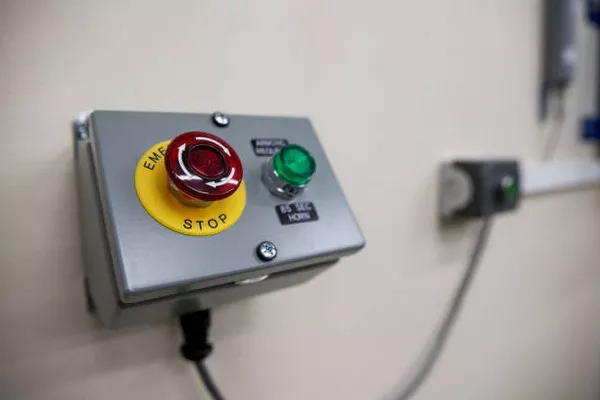Generators play a crucial role in providing backup power during emergencies or in remote locations where a reliable power source might not be readily available. To ensure their safe and effective operation, generators need to be properly grounded. One common question that arises in this context is whether a bonded neutral generator needs to be grounded. In this article, we will delve into the technical aspects of this question and provide insights into the importance of grounding for bonded neutral generators.
Understanding Bonded Neutral Generators:
Before delving into the grounding aspect, let’s clarify what a bonded neutral generator is. A bonded neutral generator is designed in a way that the neutral conductor is connected or “bonded” to the generator’s frame or enclosure. This bonding helps to ensure that in the event of a fault, excessive current flows through the neutral conductor and the generator’s frame, resulting in a trip or fuse blow, thereby protecting the system.
The Importance of Grounding:
Grounding is a critical safety measure in electrical systems, including generators. It provides a pathway for fault currents to flow safely into the ground, reducing the risk of electric shock, fires, and equipment damage. Proper grounding helps stabilize voltages, maintain balanced currents, and divert fault currents away from human contact points and sensitive equipment.
Bonded Neutral vs. Grounding:
While the concepts of bonding and grounding are related, they serve different purposes in an electrical system. Bonding, as mentioned earlier, ensures that the neutral conductor is connected to the generator’s frame. On the other hand, grounding involves establishing a direct connection between the electrical system and the earth, creating a path for fault currents to dissipate harmlessly.
The Role of Grounding in Bonded Neutral Generators:
In the context of bonded neutral generators, grounding remains an essential safety measure. Even though the neutral conductor is bonded to the generator’s frame, it doesn’t eliminate the need for a separate grounding connection to the earth. This additional grounding connection serves to:
Provide a Return Path for Fault Currents: In case of a fault, such as a short circuit, the grounding connection ensures that fault currents have a safe pathway to the earth, preventing the generator’s frame from becoming electrified.
Protect Personnel: Grounding reduces the risk of electric shock to individuals who may come into contact with the generator or its frame during operation or maintenance.
Prevent Equipment Damage: Grounding helps protect electrical equipment by providing a path for fault currents to flow away from sensitive components, preventing damage.
Meeting Code Requirements:
Electrical codes and standards, such as the National Electrical Code (NEC) in the United States, provide guidelines for grounding practices in electrical systems. These codes often require generators, including bonded neutral generators, to be properly grounded. Non-compliance with these codes can result in safety hazards, regulatory issues, and insurance complications.
Grounding Methods for Bonded Neutral Generators:
There are several methods for grounding bonded neutral generators to ensure safety and compliance:
Grounding Electrode System: This involves connecting the generator’s grounding conductor to a grounding electrode, such as a ground rod or a grounding plate. The electrode is buried in the earth to establish a reliable path for fault currents.
Grounding Conductor: A grounding conductor is run from the generator’s frame to a grounding electrode, ensuring a low-resistance path for fault currents.
Ground Fault Circuit Interrupters (GFCIs): GFCIs are devices that monitor the difference between current flowing in the hot and neutral conductors. If an imbalance is detected, indicating a ground fault, the GFCI quickly trips to prevent electric shock.
Conclusion:
In summary, while bonded neutral generators have the neutral conductor connected to the frame to ensure proper protection during faults, grounding remains an essential safety measure. Grounding provides a pathway for fault currents to dissipate harmlessly into the earth, protecting personnel, equipment, and the electrical system as a whole. Adhering to electrical codes and standards, generators, including bonded neutral ones, should be properly grounded to ensure safe and reliable operation. As generators continue to play a vital role in maintaining power supply, proper grounding practices are paramount to ensure the safety of individuals and the integrity of electrical systems.

